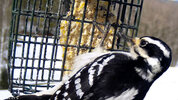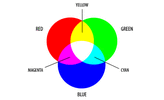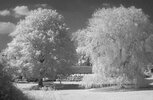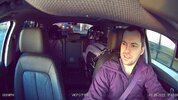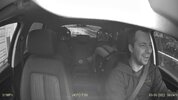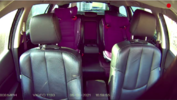Well, it is true that what you see is not actually IR light, since your eyes can't see IR, and there isn't any IR to see since our monitors don't display IR!
But the sensor is seeing IR and converting it to magenta.
The IR -cut filter is only blocking a narrow portion of the spectrum around 650nm while allowing all other visible light to enter. No colors are being "converted" they are merely being seen by the sensor. Without the IR-cut filter you lose the proper color balance corection and the color "shifts" towards the secondary additive color of magenta.
When looking at vegetation, the magenta is the result of the red and blue sensors within the image sensor detecting infrared light from the leaves more brightly than the green sensors detect the green light. If you check the frequency response for the IMX291 sensor, it clearly shows that the red and blue sensors are sensitive to the IR given off by leaves, it is part of its design since it is intended as a security sensor for use in security cameras with IR illumination.
No, that's not how this works either.
All digital sensors are sensitive to near IR light. That is the reason that ALL digital cameras have an IR-cut filter.
It is very unlikely that this lens will focus infra-red light at the same point as RGB light. This is nothing to do with glowing, just a lack of IR focus correction within the lens.
Again, no.
You apparently don't how the Wood Effect manifests on camera. The Wood Effect results from the transparency of chlorophyll at wavelengths over 500 nm allowing light to be reflected within the plant cells manifesting in a degree of
fluorescence that appears as a "glowing" in photographs.
As for focus correction of IR on a dash cam in a situation like this is a compete non issue. Focusing a dash cam or action camera that has had the IR-cut filter removed is not a problem at all!
IR focus shifts can be a concern under certain circumstances. For example, some CCTV cameras equipped with certain lenses can experience focus shifts at night when under IR illumination during the period when the IR-cut filter is removed from the lens path. If the camera was initially focused under daylight, it may be out of focus at night, or if focused at night it may then appear out of focus in daylight but this is due to the IR illumination used at night which we do not use in front facing dash cams.
When visible light passes through the camera's lens, the focus plane precisely aligns with the image sensor, and so the image is sharp. Infrared light passing through the same lens focuses a bit further from the lens and thus the image renders out of focus on the sensor plane unless the lens is refocused for the infra-red image.
The reason focusing a dash cam that has a lens without an IR-cut filter is not a problem is that the IR-cut filter is only blocking a narrow slice of the electromagnetic spectrum in the near-infra-red range of about 650nm while at the same time allowing visible light to continue to pass through to the sensor. In this case the visible light is what we are focusing on even if the camera is also seeing IR.
IR exclusively shot on film or a modified camera sensor using specialized filter that block ALL visible light but allow only infra-red to pass through. That when focus shift is an issue.
In the “old” days Infra-Red photography was done using black & white or color IR sensitive film and specialized filters that blocked
all visible light, allowing only infra-red to pass. A photographer would focus on a scene using visible light before installing the IR filter. This is because once installing this almost pure black filter you could no longer see anything through the viewfinder. After focusing and installing the IR filter the photographer would then manually adjust the lens using IR focus compensations marks that at one time came on almost all camera lenses and occasionally still do. Today, photographers do this digitally but the process is similar and uses black looking IR filters that block all light wave except IR. These are very different than "IR-cut" filters.
Older lenses had Infra Red focus compensation marks that were used AFTER focusing using visible light then installing an IR filter that blocks ALL visible light but passes IR..
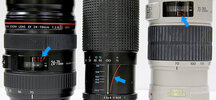
I have been experimenting with IR lenses on dash cams for more than 5 years now and I can tell you with certainty that focusing without an IR filter is not a problem.
Anyone who is in interested in this topic and wants to learn more about it or simply wants to see many examples of an Infra-Red enabled dash cam using a lens without an IR-cut filter (and with too) should visit the following thread from 2017. Among many other things you'll see the first telephoto dash cam images ever posted to DashCamTalk.
You'll see many tack sharp dash cam images where I merely focused the camera using the analogue AV output from the Mobius camera connected to a 7 inch 720p portable monitor via its RCA AV inputs. Works perfectly and easily.
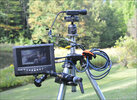
I achieved spectacularly sharp images with zero focus shifts. For those who don't feel like visiting the thread, here are a few examples.
This whole notion of IR focus shifts or difficulties with focusing a dash cam that has no IR-cut filter is complete nonsense!
Hands on experience will teach you far more than what you think you may know from reading things on the internet.

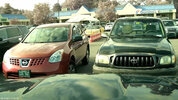
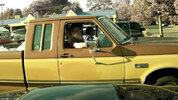
Here's one after installing an IR-cut filter.
